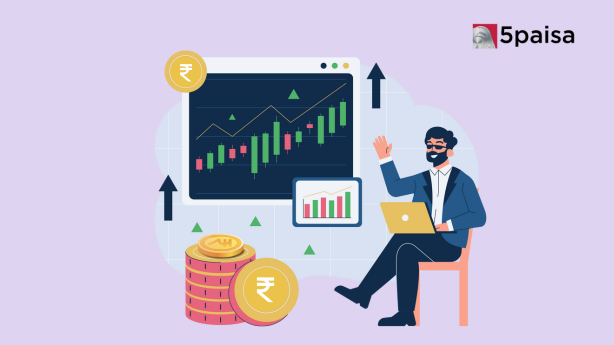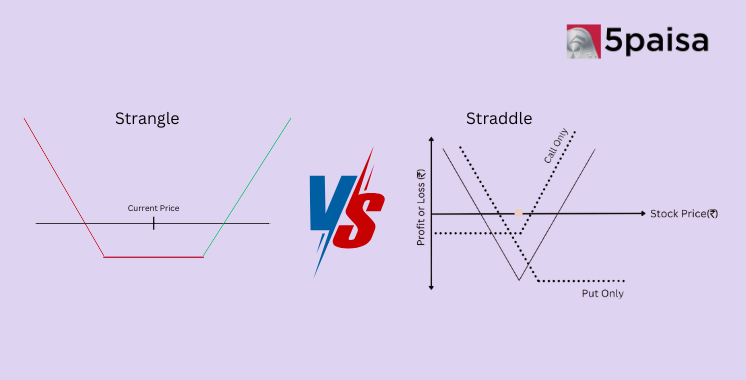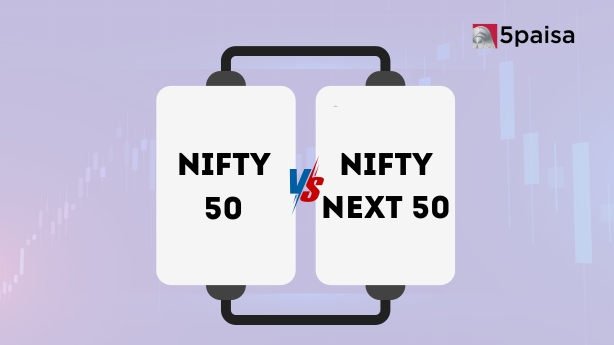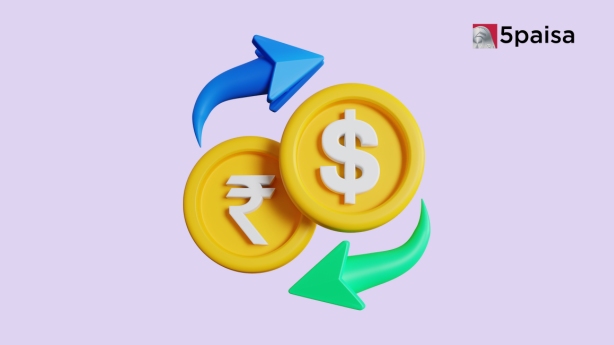Type of Investor you are Based on Your Zodiac Sign?
e-Rupee: Another UPI moment in making?

Yesterday, I went out with a friend of mine, we stopped at a roadside stall to have panipuri. After I was done eating, I went to scan the QR code for payment, but I could not make the payment through UPI because the network was shaky in the area. Also, just like any other millennial, I wasn’t carrying any cash, so I had to ask my friend to pay for it.
The sheer embarrassment from that incident made me realize what a game-changer e-rupee is going to be.
What is e-rupee though?
The digital rupee, or the e-rupee, is a digital currency issued by the Central bank of India, i.e RBI. It is a digital token with legal tender, which in simple terms means that everyone is obliged to accept the e-rupee as a medium of exchange.
The e-rupee is similar to the physical cash you carry in your wallet, the only difference is that it is held electronically in a digital wallet overseen by the Reserve Bank of India.
Now, you may ask, we have UPI to transact electronically right? Why do we need e-rupee in the first place?
Well, to make a payment through UPI, you need to have a bank account, debit card, and an active internet connection but to use e-rupee, you don’t require any of that. With e-rupee, you can transfer money from your digital wallet to another wallet just by scanning the QR. It is entirely similar to transacting in cash.
Also, while transacting in e-rupee, there is no limit as in the case of UPI. For UPI transactions, banks have restrictions on the amount, you can transfer in a day, while in the case of the e-rupee, RBI has not fixed any limit on the amount of money you can hold in your wallet.
How will it work?
In the same way that paper currency and coins are issued, e-rupees will be distributed through intermediaries, such as banks. Transactions will be done through a digital wallet offered by the participating banks, and stored on mobile phones and devices.
Just like cash, people would be able to withdraw digital tokens from banks and would store them in digital wallets. These transactions can occur both from person to person (P2P) as well as from person to merchant (P2M).
For now, RBI is testing the currency in a closed user group (CUG) comprising participating customers and merchants. The digital currency will be offered by a select group of public and private banks in a few major cities initially, to a selected group of people.
These banks will distribute CBDC wallets with notes signed by the RBI Governor to selected customers. As the pilot expands, more banks, users, and locations may be included.
Why is RBI pushing it though?
Well, printing, transportation, and distributing physical money is quite a task and requires a lot of money. Digitization of currency could reduce the dependence on cash and could bring down transaction costs.
The launch of e-rupee could be a game changer and can revolutionize the payments and fintech industry. However, it has certain drawbacks as well. Many believe that e-rupee could disrupt the Indian banking industry. Since the interest rates offered by banks in India are low, people may be inclined to convert their bank deposits into digital currencies as they won’t lose out much in the way of interest income through this shift. In such a case, the cash holdings of banks would decline, which would in turn hinder their capacity to create loans.
- Flat ₹20 Brokerage
- Next-gen Trading
- Advance Charting
- Actionable Ideas
Trending on 5paisa
02
 5paisa Research Team
5paisa Research Team
Indian Stock Market Related Articles
Disclaimer: Investment in securities market are subject to market risks, read all the related documents carefully before investing. For detailed disclaimer please Click here.

 Tanushree Jaiswal
Tanushree Jaiswal




